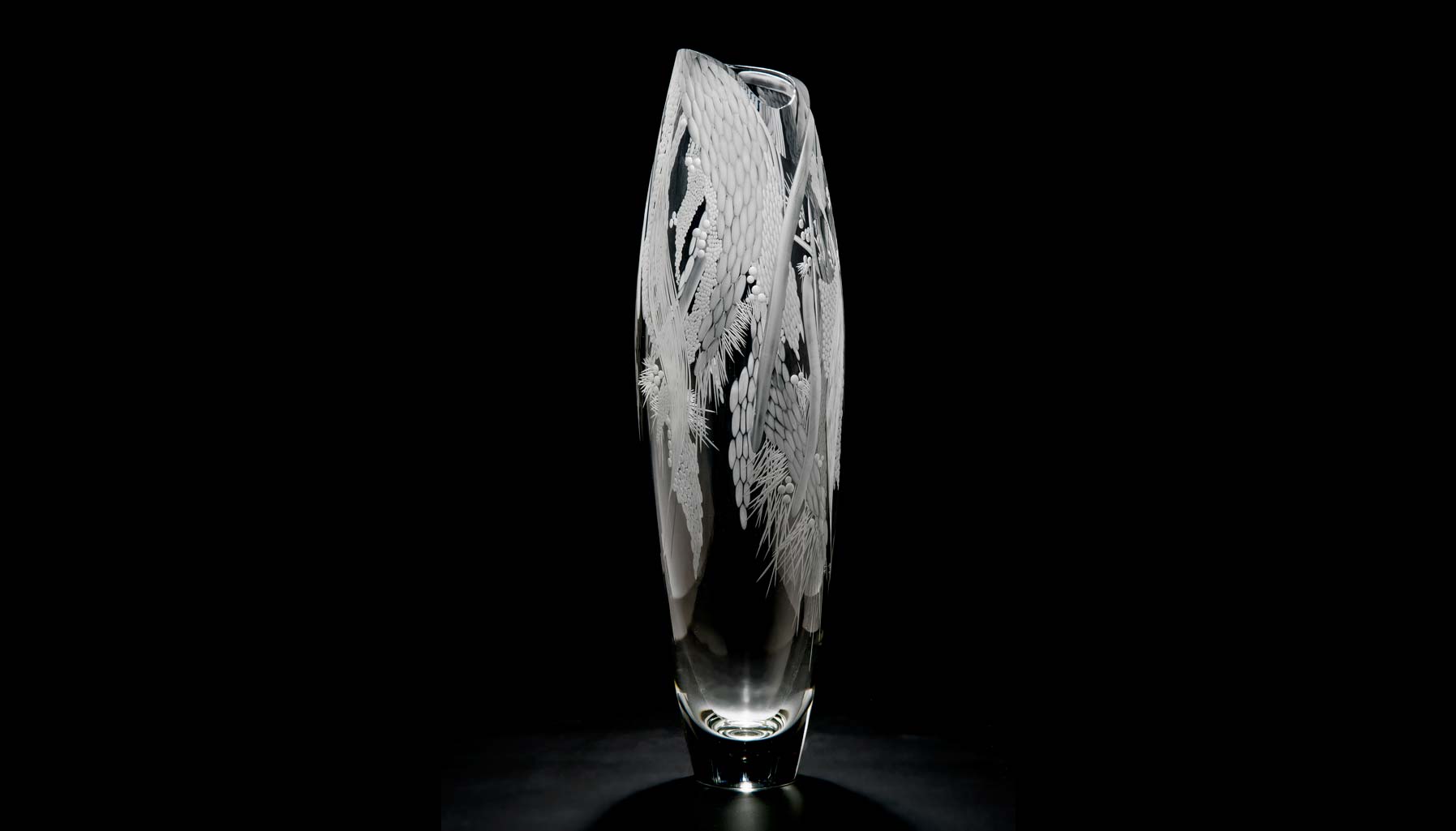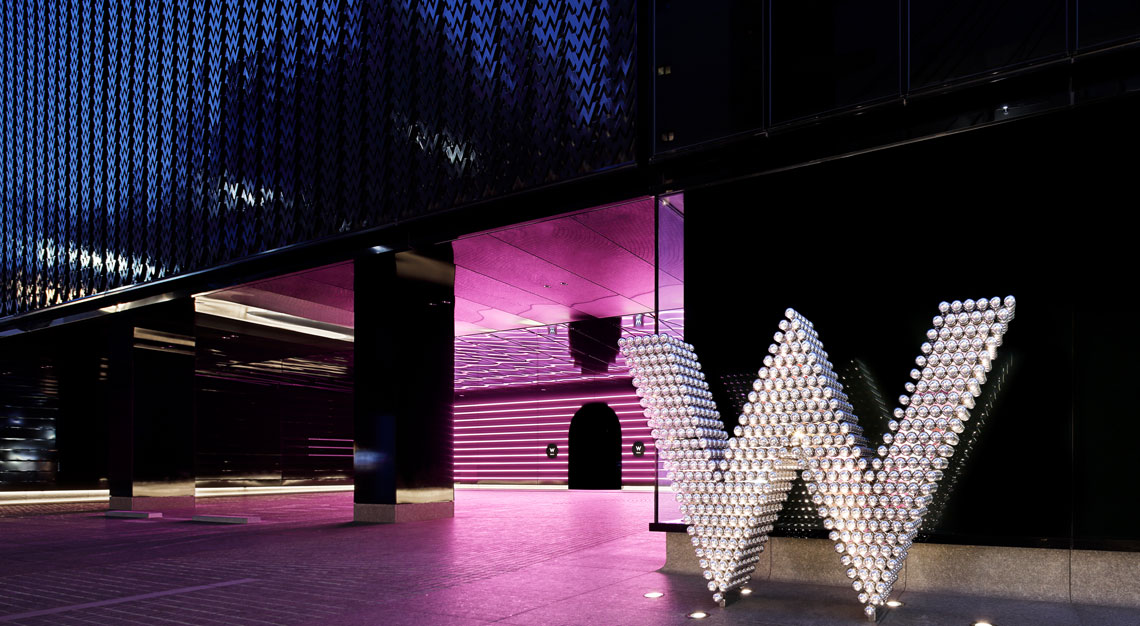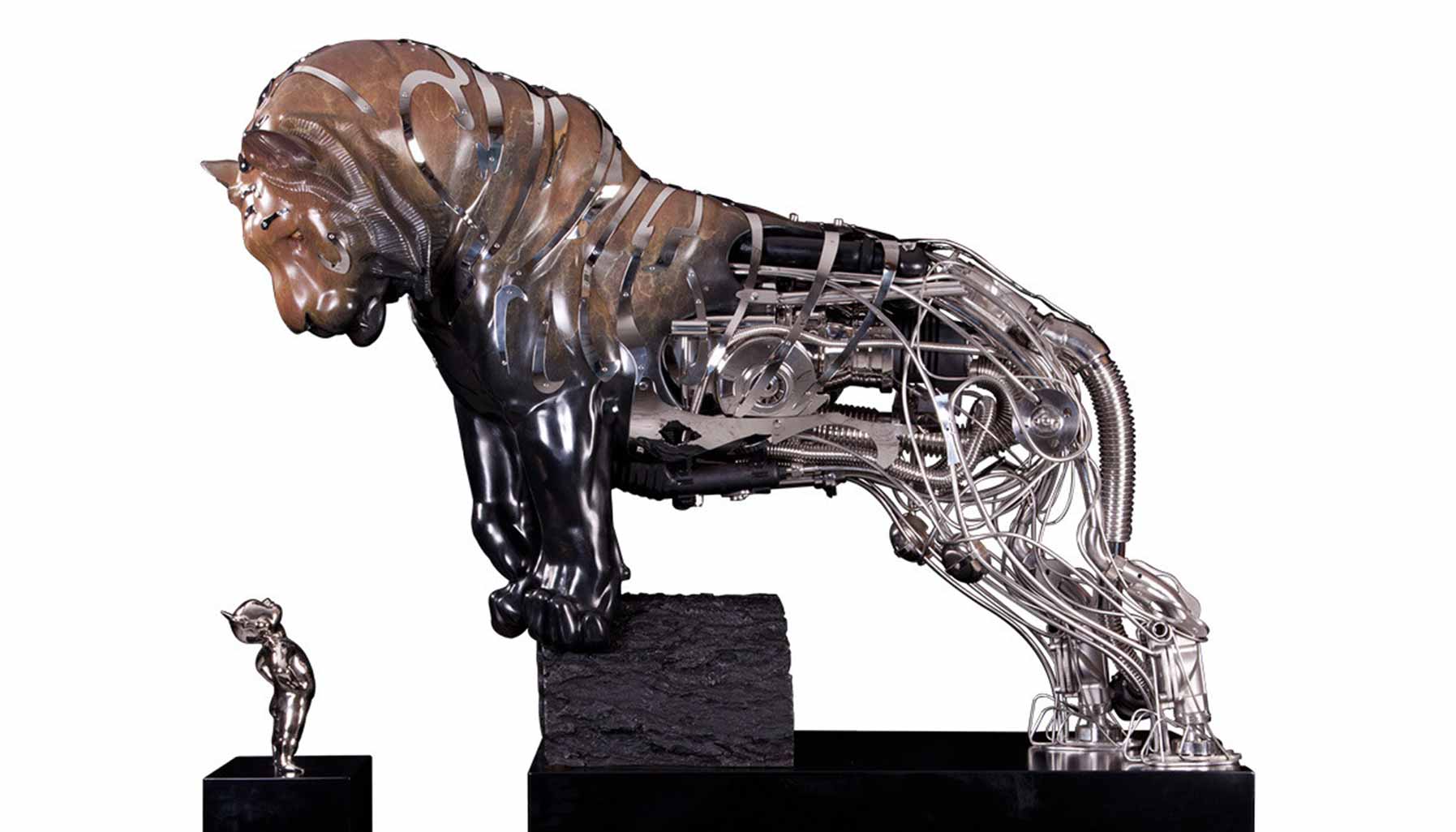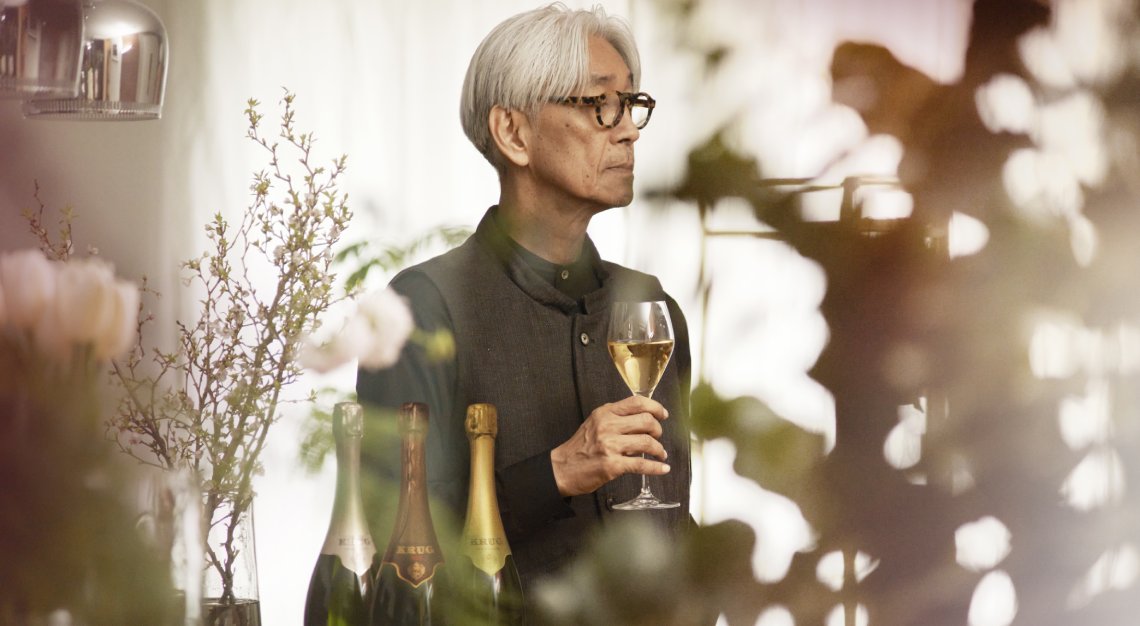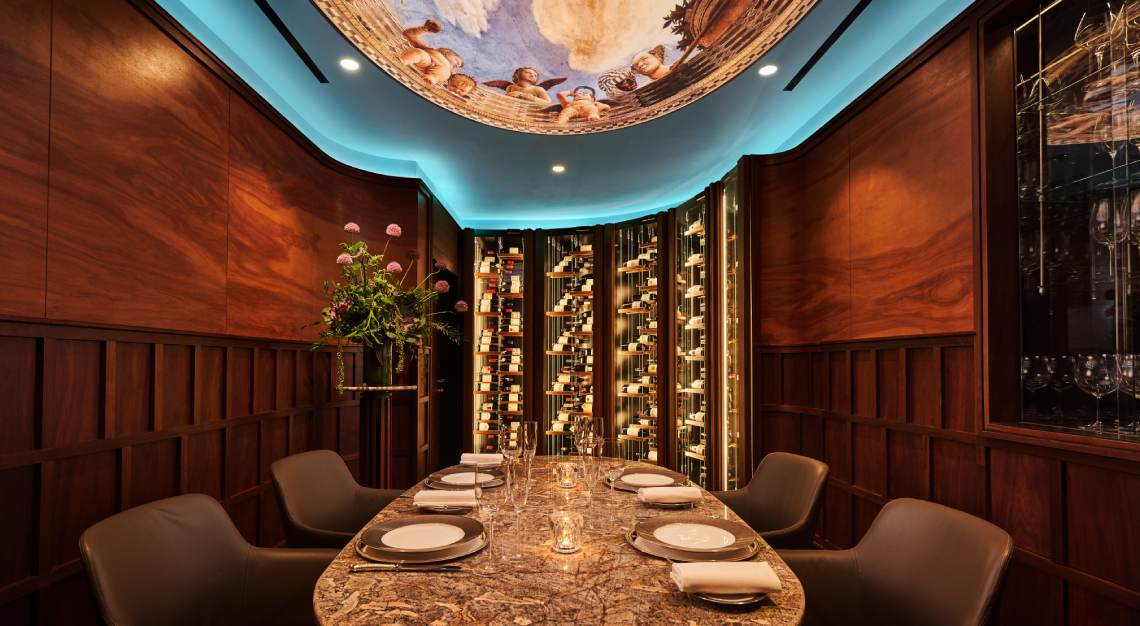Heart of Glass
For a long time art was something you hung on your walls, not put on your shelves. Glass art, in particular, was sidelined as a craft. But opinions and markets are shifting. Look to certain names – Toots Zynsky and Stanislav Libensky, for example – and prices at auction that are well above £10,000 (S$18,000) might be expected.
“I’ve just had several big collectors in and they’re snapping pieces up,” says Angel Monzon, director of Vessel, a London gallery specialising in glass art. “And what they’re buying is interesting, not the more obvious pieces at all – maybe those that mix glass with other materials to create new typologies. Elton John bought a very nice piece.”
In part this boom has come about for practical reasons: more affordable, compact and economical furnaces have come onto the market. The giants of decorative glassmaking – from Kosta Boda and Orrefors in Sweden, to Lalique and Baccarat in France – have arguably also made a push away from the classical towards the more contemporary.
But this renaissance in glassware has also come about because independent glass artists are pushing to make more interesting and diverse work, sometimes a product of a cross-disciplinary background.
“More artists are choosing glass as a medium, experimenting with it,” says Monzon. “Collectors who once only ever looked at ceramics are moving over to glass too – glass seems to be very much of the moment. We’ve moved out of an era in which glass was dominated by big brands and into one in which individual artists are finding their own way.”
Geoffrey Mann’s work suggests recognisable items in the process of melting, collapsing or transmuting, with his best-known pieces charting in glass the flight of moths recorded using high-speed digital cameras at 2,000 frames per second.
Paul Stopler’s current work may be focused on geometric, one-off cast glass vessels, but he has also worked more biomorphic shapes akin to exotic deep sea creatures.
“There’s an exploration of how far you can push the material,” says Stopler, who has pioneered lathe-turned waxing and revived the ancient use of a jig system with abrasives in order to create very precise, complex forms otherwise difficult to achieve. “Of course, glass still covers both bases – it’s often artistic and functional. There are sometimes elements of the domestic, that familiarity, but it’s also sculptural. I don’t think it has to be one or the other anymore.”
